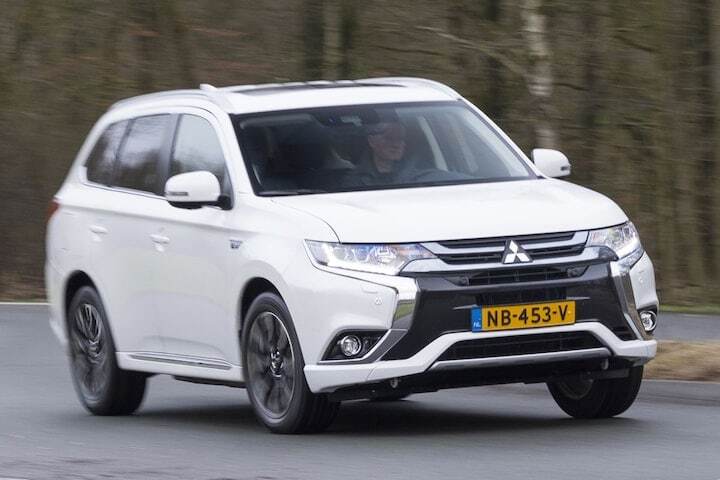
Trigger warning: this article is about the first generation Mitsubishi Outlander PHEV, which, despite its advanced age, still evokes reactions. It even received nicknames like Foutlander, mainly because of the tax benefit it received undeservedly in the eyes of many. High time to discover through the eyes of private users whether the Outlander deserves a second chance in 2025.
Because yes, even though the majority of the tens of thousands of Outlander PHEVs delivered in 2013, 2014 and 2015 were exported, there are plenty of survivors and they are still being sold. Among others, to owners who share their experiences in this article. In the User Reviews, we deliberately look at users who purchased the car as a used car after the lease wave, sometimes with a somewhat higher mileage.
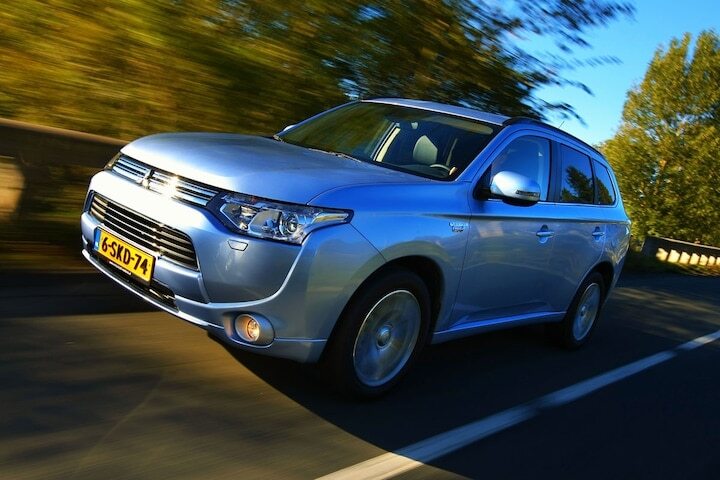
Outlander PHEV: range and consumption
The biggest pain point of the Outlanders at the time was the limited electric range in combination with the high highway consumption. That problem was mainly created by business drivers who only drove on the highway and never charged. Occasion buyers work differently, they usually look for a car that fits their use.
Anyone who uses the Outlander PHEV as the concept intended has different experiences. “The consumption is very neat, partly due to the many charging,” concludes the owner of a 2014 Outlander who bought it as a ten-year-old occasion. “But well, the car is constantly plugged in. On average almost three charging moments a day! I drove 1,474 kilometers on 39.75 liters of gasoline, for which I used 178 kWh of electricity.” Almost 1 in 30, but don’t underestimate the power consumption. Per liter of fuel, there must be about 3.75 kWh of energy to realize this value.
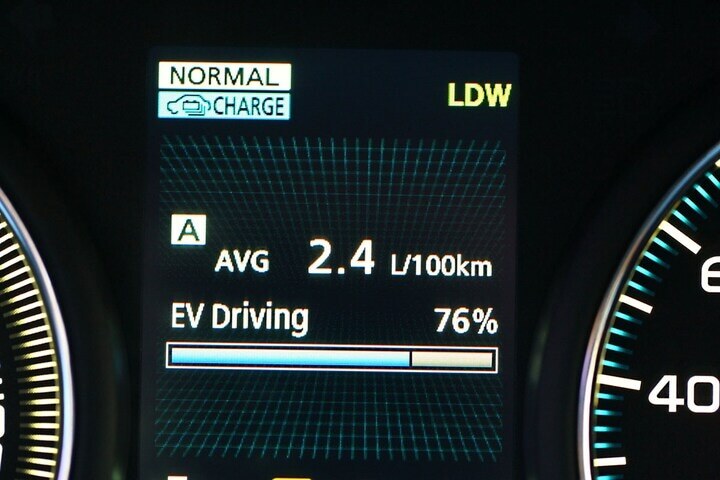
The owner of an occasion purchased in 2018 also plugs in regularly. “You can drive 30-40 kilometers on a full battery,” he reports. “Winter and summer make a big difference and air conditioning use ensures much less range.” That also applies to driving on the highway: “Purely on gasoline, the car consumes about 6.5 – 8 liters per 100 kilometers, which is highly dependent on your right foot. At speeds above 120 km/h, the car quickly becomes very thirsty and you get more than 10 liters per 100 kilometers.” On vacation to England, the idea of regular charging is abandoned and the Outlander functions as a hybrid. “The petrol consumption was very good. Despite driving firmly, we reached 7-8 liters per 100 kilometers.”
An owner who bought the car new but, unlike most users, drove it for ten years paints a slightly less rosy picture. “The battery did become less: where we could drive 30 km electrically at the beginning, that was 20 in the winter and 30 in the summer at the end. And driving on petrol is not really economical, although we could still achieve 1:12 on longer distances.”
Per model year 2019, Mitsubishi supplies the car with a different powertrain, in which the 2-liter engine was replaced by a 2.4-liter. Furthermore, the battery received 15 percent more capacity. The next driver made the step from the ‘old’ to the ‘new’ and shares his experience. “The new one is more economical on the highway when the battery is empty (1:16 compared to 1:14). Furthermore, our use seems the same as with the previous one, so a lot of use of electricity, this one comes just a little further than the previous one, but not worth mentioning.”
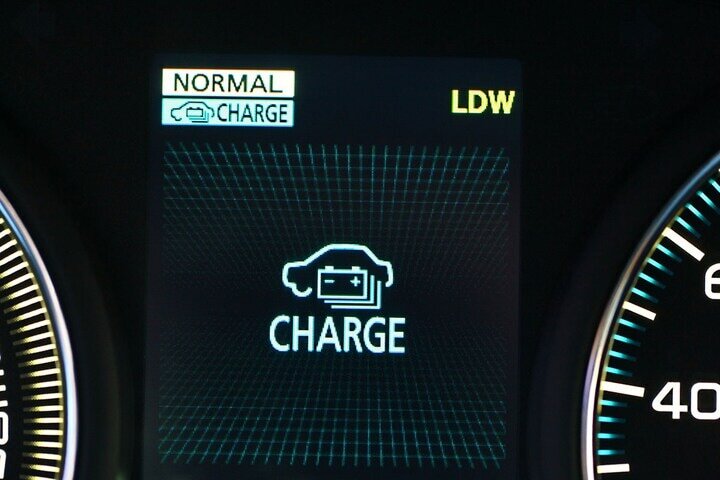
Driving the Outlander
When going through the reviews, you quickly notice that people place the emphasis on the powertrain, and in particular the consumption and the range. We understand that, that is the most interesting aspect of the car, but that makes it more difficult to distill how the car drives. Nevertheless, we have been able to compile an impression for you.
The owner of an Outlander PHEV from 2013 purchased it as a successor to a Toyota Prius. “The car drives comfortably,” is the summary, but: “Compared to the Prius, the suspension comfort feels a bit stiffer, which is partly caused by the 18-inch rims with relatively thin tires around them. That looks good but is slightly less comfortable.” The powertrain also cannot compete with that of Toyota. “The drive feels slightly less smooth than that of the Prius, but compared to conventional automatics and manual gearboxes it still drives superior.”
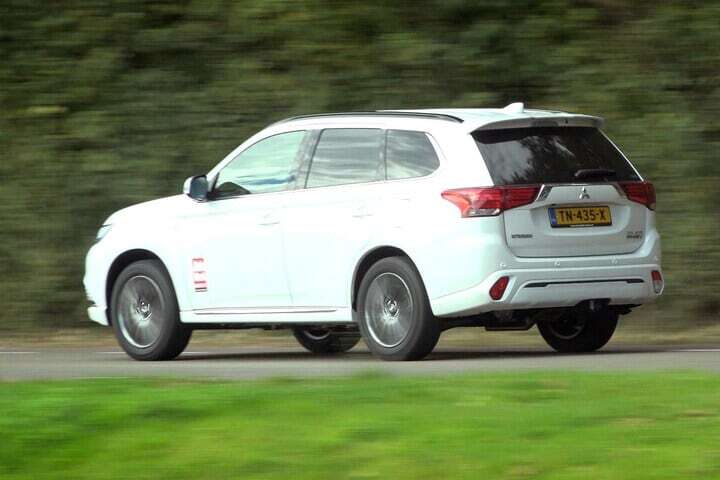
Another driver has mixed feelings about the chassis. “Nicely sprung when you drive straight over speed bumps and the like, but not comfortable when you drive diagonally over a speed bump or when a wheel drives into a hole. It shakes more than I’m used to from my previous Ford Focus.” He does indicate that the behavior eventually gets used to.
The owner of an Outlander also delivered in 2013 gives his car a good ride on vacation. His findings: “If you’re really going to corner, it steers somewhat indirectly, but the road holding of the four-wheel drive makes up for a lot and never gives you the feeling that it can break out, no matter how deeply you press the pedal. It is even surprising how you can attack the corners then.” The driving characteristics of an Outlander PHEV therefore seem predominantly fine, but it turns out to be nothing to write home about.”
Seating comfort and space
There are fewer positive reactions about seating comfort. That has nothing to do with the amount of space, which appears to be more than sufficient both front and rear, but comes at the expense of the seats. “The relatively flat seats provide little support to the sides,” complains the owner of an Outlander from 2019, while that model is already equipped with improved copies.
The owner of a 2015 copy has a moderate judgment ready. “I think the leather seat is good for distances of two to three hours of driving. Then I really have to get off to stretch my legs, it’s all a bit hard and flat.” His partner is less satisfied. “My wife, by the way, cannot sit properly for long distances without suffering from lower back pain.” The same applies to the owner of an Outlander PHEV Business Edition from 2015, who himself sits fine: “My wife sits a little less comfortably, she experiences too little support in the lower back.”
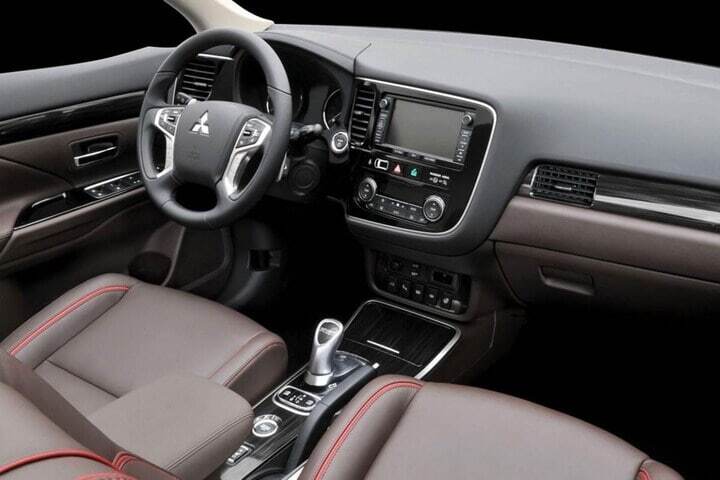
The driver who switched from the first generation to the facelift model experiences the difference between the two cars. “The seats of this model are better, with better lumbar supports. I don’t know whether this is due to model one or two or the version (Business vs. Intense+), but it is in any case pleasant on the longer journeys, for which this car seems to be made.”
Maintenance, malfunctions and irritations
The real quality of a car often only becomes apparent over the years, and for the Outlander PHEV the years seem to turn out well. “I have had the car for 10 years now and I have had normal maintenance carried out,” writes the owner of an Outlander PHEV from 2013. “The brake pads have not yet been replaced and, according to the mechanic, do not yet need to be replaced. This is because I brake a lot with the regeneration mode.” It should be mentioned that the traction battery has been replaced under warranty. “We have charged the car very often. At a mileage of +/- 150,000 we received a new battery pack. I kept a close eye on the condition of the battery pack and I knew that you would receive a new battery pack at a certain value. That was carried out without any problems at a dealer.” This owner also made use of this guarantee and received a brand new battery pack.
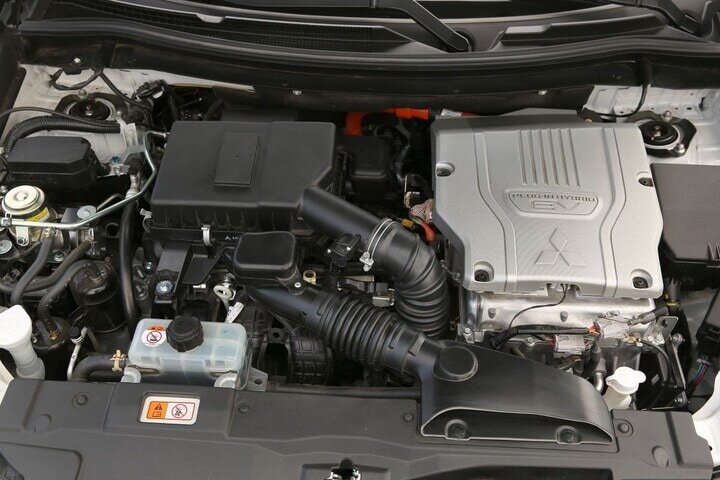
A second long-term owner is enthusiastic about the quality of his Mitsubishi. “We have had this Outlander for 10 years, and traded it in because we wanted to go fully electric. We enjoyed it immensely. Not particularly luxurious, not special, but extremely reliable: never ever had a defect with it.” At least: “Except that I once molled the batteries myself on a pig’s back …”
A used car buyer purchased his 2013 Outlander in 2019 and drove it until the beginning of 2024. The conclusion: “Apart from normal maintenance, including new brake discs and pads once, and a well-known problem: the rear wheel bearings that have been replaced twice, it never really cost us any money and it was a very nice and luxurious car to drive.” Several owners experience that these bearings are sensitive.
One driver was so convinced of the Outlander PHEV that after experience in the lease he now purchased such a car privately, despite the 270,000 kilometers on the odometer. After a number of start-up problems, including a defective heater fan and catalytic converter, the Mitsubishi is now running as it should again. These are immediately the biggest problems we encounter when going through the reviews, otherwise the damage remains limited to some rattles in the interior.
It has taken a while, but it seems that the Mitsubishi Outlander PHEV has now found the right users. Outside of the powertrain, it doesn’t really excel anywhere, but it also doesn’t do much wrong. The interesting technology has proven to be quite reliable over the years, although the battery does not have eternal life.
Anyone who has had the battery replaced under warranty is lucky, when you are in the market for such a car it is good to check whether the battery has already been replaced and whether the current copy still performs sufficiently. If this is the case, you can most likely go ahead for years to come. And still quite economical too, if you can plug in often enough.